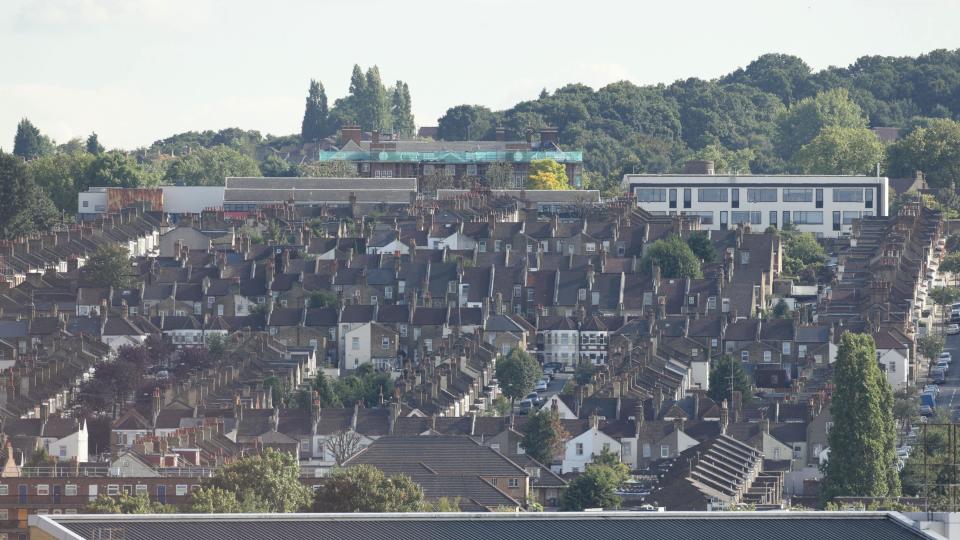Increase in rental costs slows to 30-month low but demand ‘well ahead’ of supply

Growth in rental prices has slowed to its lowest level in 30 months but competition for homes remains fierce, according to a property website.
Annual rental price inflation for new lets was running at 6.6% in April, with the average rent having increased by £80-per-month compared with a year earlier, Zoopla said.
The 6.6% increase is the lowest rate of annual rental price inflation since October 2021 and points to a continued slowdown in the overall rate of rent inflation over the rest of 2024, its report added.
While rental demand has softened over the last year, there are still 15 people chasing every home for rent, more than double the pre-pandemic average of six people, it said.
London leads the slowdown with annual growth in rental prices at 3.7%, Zoopla’s report added.
The average rent in London is £2,122, remaining significantly above the UK average of £1,226.
Zoopla predicts that the market is on track for a slowdown in rental price growth to 5% in 2024.
This is being driven by changes in demand and affordability, rather than any expansion in supply, it said.
Its report said: “Looking ahead, we do not believe that the imbalance between rental supply and demand will improve materially over the next 12 months.
“Levels of new investment in the private rented sector remain low while demand is set to remain above-average. This means rents will continue to increase at a slowing rate.”
Richard Donnell, executive director at Zoopla said: “The increase in the cost of renting has slowed to a 30-month low.
“Rents continue to grow faster than average earnings although the gap is much narrower than a year ago. Rental demand continues to run well ahead of available supply which is keeping the upward pressure on rents but there are some areas where rental growth has stalled.”
He added: “Growing the supply of rented homes, both private and affordable, should be among the top housing priorities for the next government.
“A healthy private rented sector is vital for economic growth and a more balanced housing market. More supply is the fastest route to easing the pressure on renters and improving the overall quality of rented homes.”
Nathan Emerson, chief executive of property professionals’ body Propertymark said: “Our member agents have told us for years of the growing disparity in the number of private rented homes on the market in comparison to the rising demand from tenants.”
Adam Jennings, head of lettings at London-based property firm Chestertons, said: “The recent increase in the number of available properties has created a slightly better environment for tenants wanting to move.
“We have seen a momentary slowdown of rent increases but are expecting more tenants to start their search over the summer months.”
Here are average rents per month in April and the annual increase, according to Zoopla:
East Midlands, £862, 7.3%
East of England, £1,173, 8.2%
London, £2,122, 3.7%
North East, £704, 9.5%
North West, £855, 8.4%
Northern Ireland, £747, 2.9%
Scotland, £797, 9.3%
South East, £1,321, 7.9%
South West, £1,072, 7.8%
Wales, £872, 7.8%
West Midlands, £909, 7.8%
Yorkshire and the Humber, £800, 7.0%

 Yahoo Finance
Yahoo Finance 